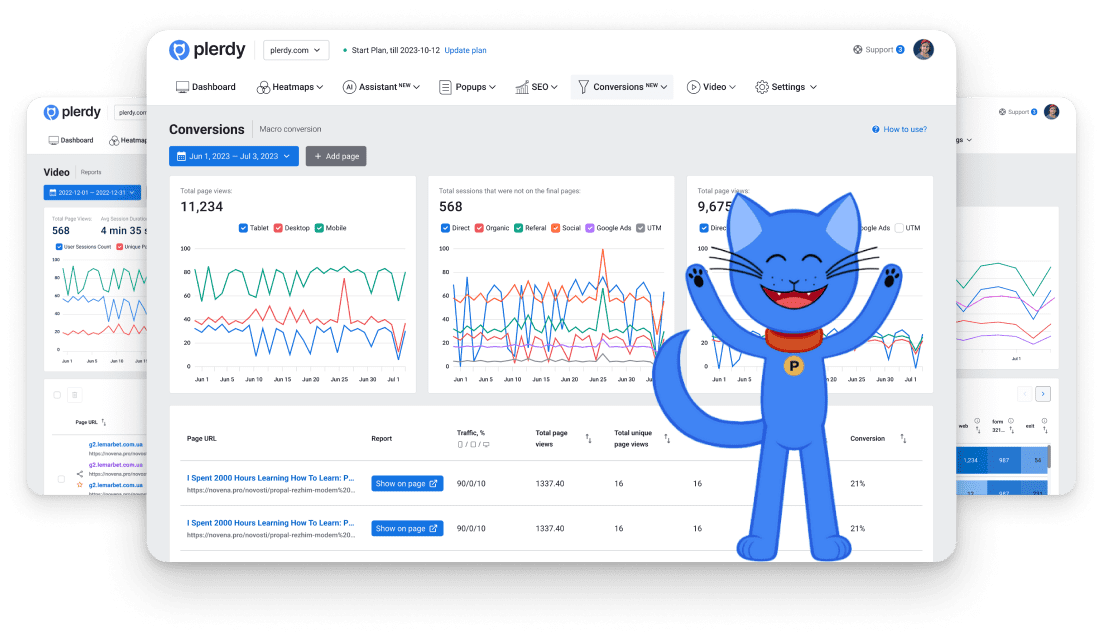It scans the semantics and on-page SEO of any web page in seconds. This onpage scanner works across all types of websites and detects both technical and content flaws. This scanner tool works on all types of websites and shows issues in seconds.
You only need to click on the extension icon to see highlighted problematic text segments. In addition, this SEO verification tool can analyze both your website and the web resources of other brands. It allows you to run competitor analysis and know the most frequently used keywords.




































